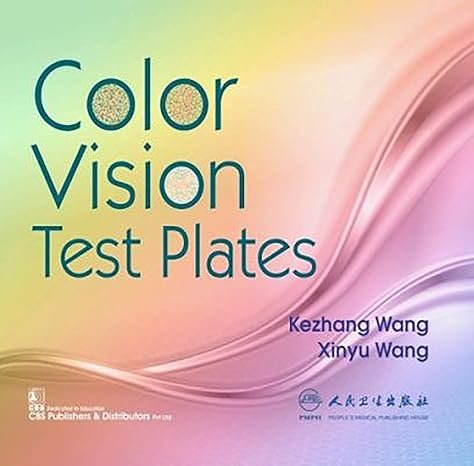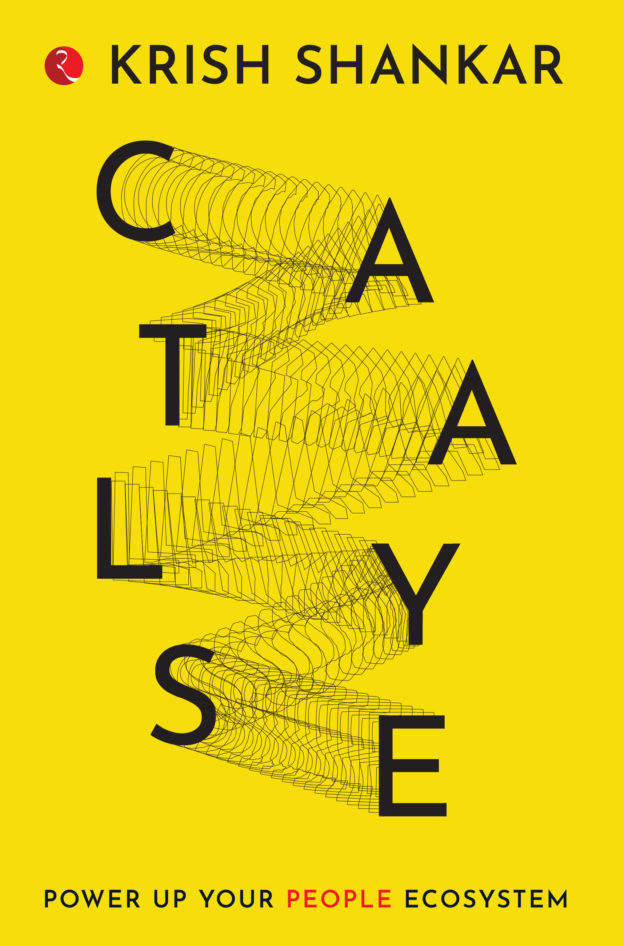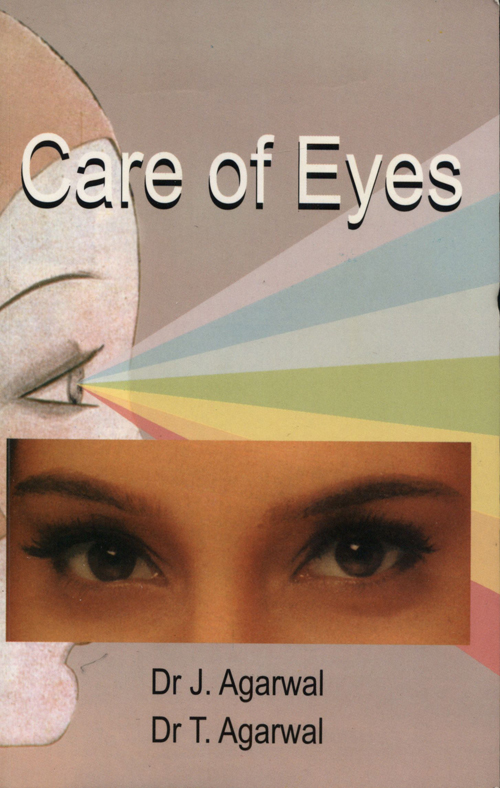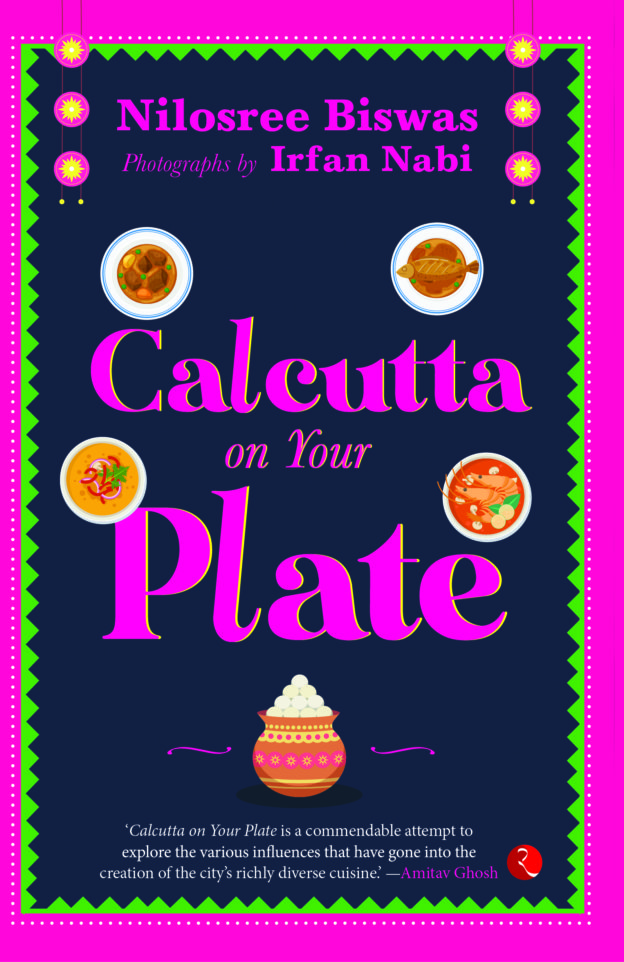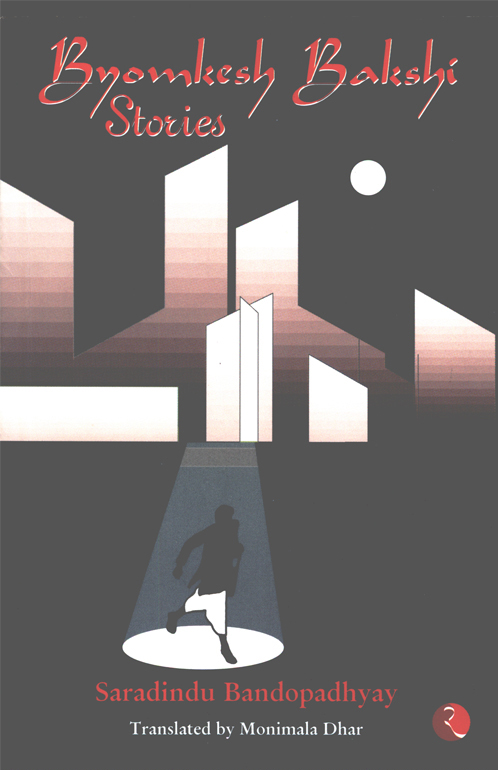Color Vision Test Plates (Pb 2019)
Wang Kezhang is an author of Color Vision Test Plates (Pb 2019) .
Originally published in China in 1993, this text contains color plates for use in testing red, green, yellow, and blue (violet) color vision, and for classifying an individual's color weakness into three degrees, either strong, medium, or mild.
Designed for use in the clinical setting, the 66 plates were developed based on the theory of color vision and the theory of complementary color, and include images for testing the general population as well as a selection of images for use with children and illiterates. The introductory text preceding the plates provides background information on color vision, types of color blindness, testing for the condition, and instructions on how to use the manual. The authors' credentials are not stated. No subject index.

